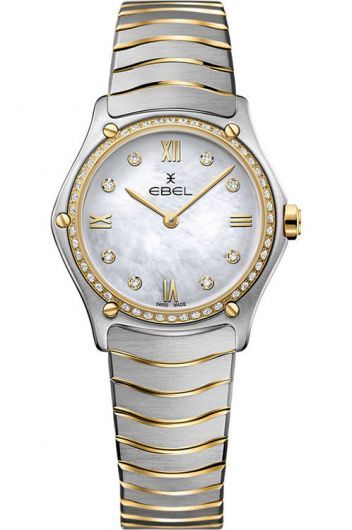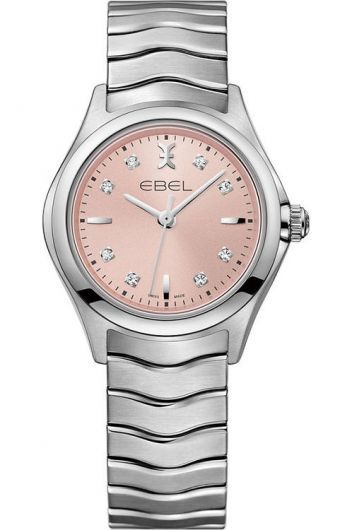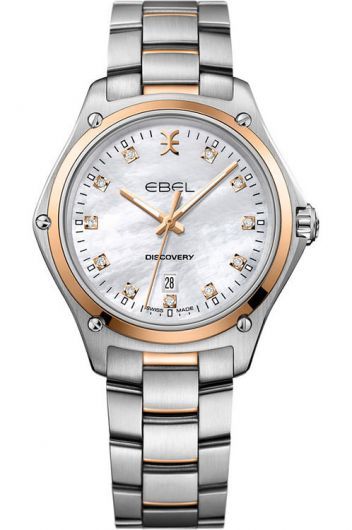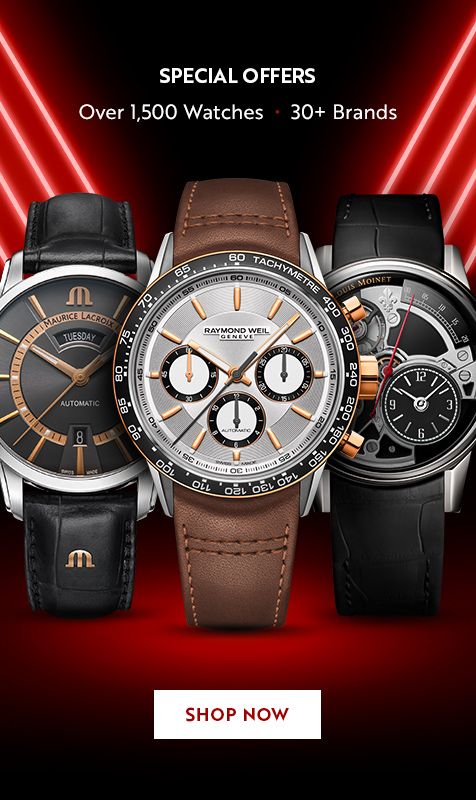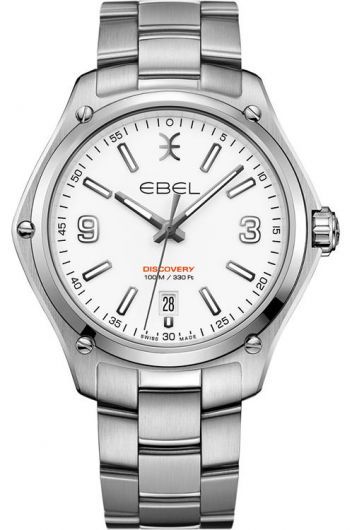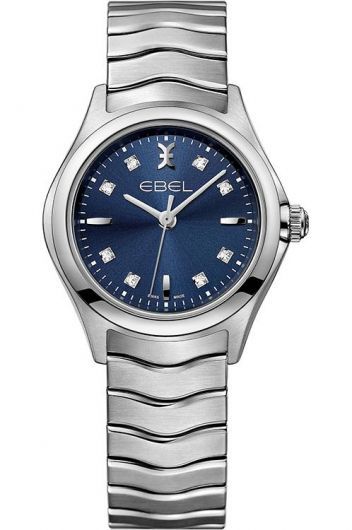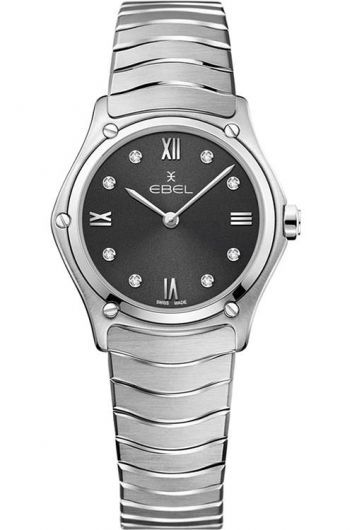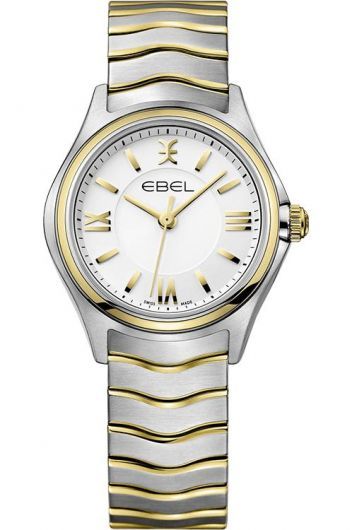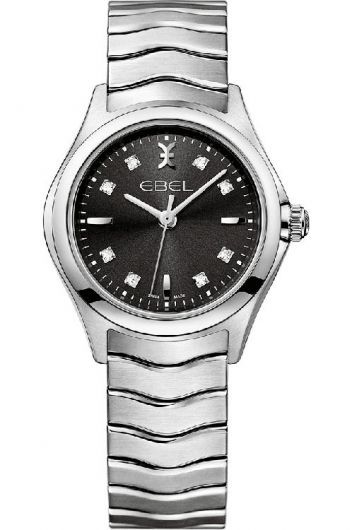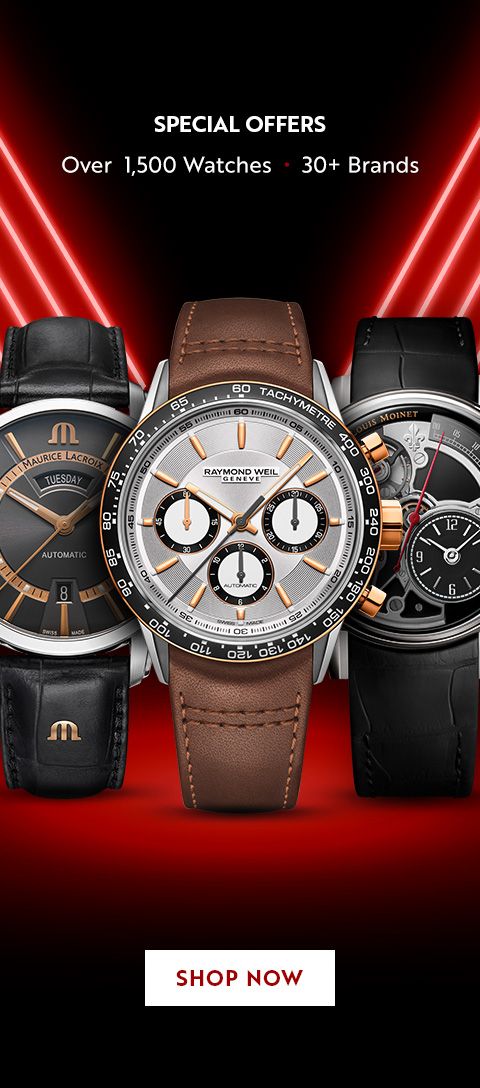Trending Articles from The Watch Guide

Let It Glow, Let It Glow, Let It Glow: The Glowing Case Of The BR X5 Green Lum By Bell & Ross

Lasered Kaleidoscope: Presenting The Oris ProPilot X Calibre 400 Laser

Set In Stone: Introducing The Jacob & Co Palatial Classic Collection’s Stone Dials

Retro, Winning Charm: Raymond Weil's Millesime—A Tribute To Understated Elegance
Ebel - A Prophecy of Timeless Designs
The story of Ebel watches is one that starts with two people who were partners, not just in business but in life as well. The foundation of the company was laid in 1911 by a husband-and-wife team, Eugène Blum and Alice Levy in La Chaux-de-Fonds, Switzerland. The brand's name, in fact, comes from joining the initials of its founders: Eugène Blum et (French for ‘and’) Levy. Right from the beginning, this was a partnership to be reckoned with. Both Blum and Levy had spent a considerable amount of time in the watch industry and had gained respect from their peers for their many accomplishments. With Blum’s savant watchmaking skills and Levy’s eye for detail and design, Ebel really came into its own.
Just one year after founding Ebel, the company brought out its first timepieces. Blum, with his uncompromising standards of precision and quality, supervised the production of the movements, while Levy maintained a steady hand at the helm of the business as well as overseeing the design of the timepieces. Soon after, in 1914, Ebel won a gold medal at the Swiss National Exhibition for its patented ring watches. Once in the limelight, other brands ordered complete watches from Ebel for resale under their own name. This became the company’s main activity during the following decades. In 1925, Ebel won the Grand Prix at the prestigious Exposition Internationale des Arts Decoraties et Industries Modernes in Paris for their high-jewellery Art Déco wristwatches.
The year 1929 was an important one for Ebel. Charles-Eugène Blum, the son of the founders, joined the business that year. And so had Marcel Reuche, a skilled watchmaker. Together, they introduced a new refined system of production, which resulted in movements that were more precise and reliable, so much so that established brands such as Vacheron Constantin came calling on Ebel to provide movements. During this period, a large portion of the orders that filled the sales books were coming from lucrative private label contracts with other large watch houses. Ebel’s own designs took a back seat for the company at the time. However, Ebel still created svelte stylish pieces under their own name, just that the volume was nowhere near the supply demanded by the larger watch brands.
The War and Post-War
This high-production business model of Ebel worked in the company’s favour during the tough times of World War II. From 1939 to 1945, Ebel supplied watches to the British Royal Air Force to aid pilots in their air missions throughout Europe. After the war, Ebel continued its supply to its larger clients, alongside its own creations. The year 1961 marked the 50th anniversary of Ebel, and Charles-Eugène premiered the President model, along with the Ebel calibre 059 to commemorate this milestone.
Ebel took the path of international business when Charles-Eugène Blum’s son, Pierre-Alain Blum, took charge of the company. Pierre-Alain proved to be an intelligent leader with a similar eye for stylish design and vision as his grandmother, Alice Levy. He rewrote the Ebel handbook and introduced stylish designs for men and women for the new era of the brand and its new identity as ‘The architects of time’. Undoubtedly, the most important chapter for Ebel came about in 1977 when the brand unveiled the Ebel Sport Classic range of models, which featured the 'wave'-link bracelet. This brought the brand critical acclaim and worldwide success. This new sporty image worked marvellously for the brand and it became the title sponsor of many prestigious golf and tennis tournaments around the world. By 1986, the architects of time moved their offices into the magnificent and architecturally important Villa Turqe in La Chaux-de-Fonds, originally designed by the legendary architect Le Corbusier in 1927. The following years would see production increase, while new collections included the Beluga, Sport Wave, E-Type and 1911 models, all of which featured distinctive Ebel styling.
Ebel, Now
Unfortunately, a slew of diversifications in funds proved to be a drain on the resources, and by 1992, Ebel was looking for a buyer or investor. Pierre-Alain Blum resigned from his company in 1994, and Ebel was acquired by Anglo-Arabic InvestCorp even though the company was still selling its watches in volume. In 1999, luxury conglomerate LVMH bought the company from Anglo-Arabic InvestCorp. Sadly, even LVMH failed to rectify the downward spiral of Ebel. However, there was someone who saw a clear vision for Ebel. In 2003, Ephraim Grinberg, head of the Movado Group and a long-time admirer of the brand and its philosophy, jumped at the opportunity to acquire Ebel from LVMH. Under the direction of Ephraim, all iconic models received complete reworkings while simultaneously retaining instantly recognisable Ebel design cues such as the Ebel ‘wave’. This brought the collections to the future, ready to grace the wrists of a new horological audience.
Today, the Ebel brand has once again established itself as a manufacturer of high-quality modern luxury timepieces with sophisticated designs, with the Sport Classic, Wave, Discovery, Beluga, and Brasilia collections. These timepieces retain the DNA of the past, yet manage to blend creativity with tradition to acclaim. The watchmaking code of this centenarian brand, at its core, is a marriage of beauty and function, which is exemplified by the kissing ‘E’ emblem. Perfectly exemplifying luxury, elegance, and sensuality, along with the highest standards in watchmaking, Ebel is still making history.


